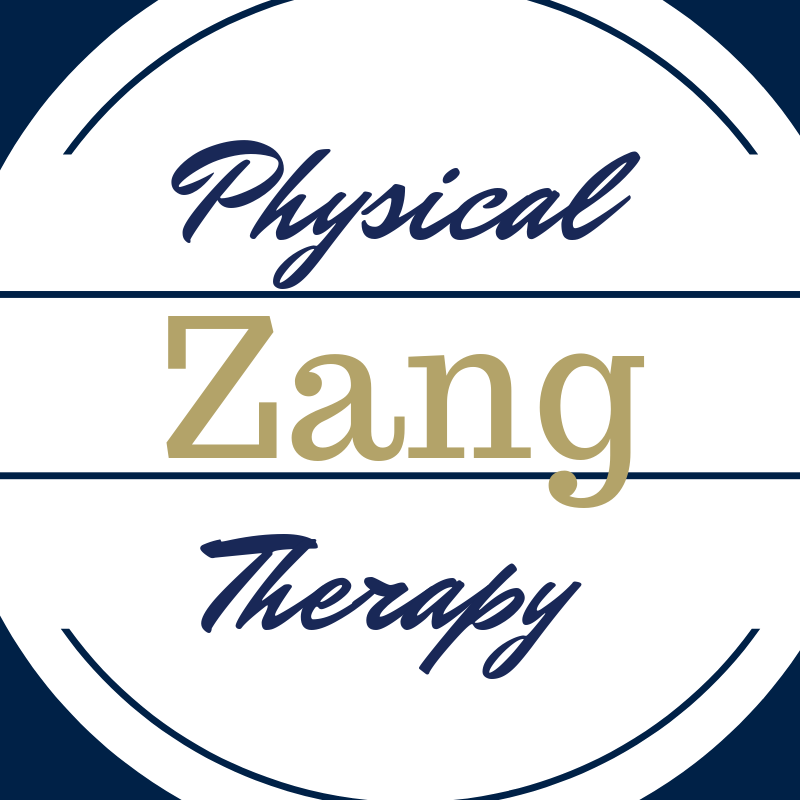Lateral epicondylitis also known as “tennis elbow” is a common condition experienced by about 3% of the general population each year. This condition most often occurs as a result of chronic overloading of the muscle-tendon complex at the outer point of the elbow (lateral epicondyle). The muscles here are responsible for extending the wrist and helping to stabilize the hand for gripping activities.”Tennis Elbow” is found in occupations that involve repetitive gripping, twisting, or lifting, and found in individuals who type a large majority of the day. This issue is most often associated with playing tennis.
Interestingly, studies have shown Tennis Elbow is often not truly one of pain from inflammation of the tissues as reported to be. In fact, after several weeks (which is when most people seek treatment anyway), the inflammation shuts down and the end result is an altered and weakened state called tendinosis (much the same as plantar fasciitis). This just means treatment should take a different approach.
The difficult thing about treating lateral epicondylitis is that these muscles are active for most all activities during the day involving the hands. This fact makes “resting” very difficult. Truly resting from all activity can be detrimental to the overall healing process.
It is very easy for this condition to become chronic as individuals tend to avoid activity/use of arm. Avoidance results in muscle atrophy or weakness, which then leads to altered muscle activation patterns to compensate. This then allows scarring (disorganized tissue) to occur during the healing process. Then once people feel a bit better they begin to use the arm again, resulting in tearing of the disorganized scar tissue and continuation of the pain cycle. In many instances, individuals will get caught in this pain, rest, activity, pain cycle for quite a while before finally consulting their physician.
Treatment options most often offered include: the wait and see approach- not advised, injections which have been found effective in short-term pain relief, and/or physical therapy. A physical therapist will be able to identify your specific deficits contributing to the persistence of pain.
Most often, individuals with lateral elbow pain have reduced strength and endurance of the forearm musculature and may have reduced mobility at the elbow joint. Passive modalities such as heat or ultrasound may feel nice, but have not been proven effective in the treatment of this condition. Physical therapy (exercises to improve strength/flexibility) combined with hands-on manual techniques (manual therapy) has been shown in research to result in greater and faster improvement in pain, grip strength and overall function. Interestingly, treating deficits possibly of the shoulder, neck or thoracic spine have also been found to be beneficial as well.
References:
Bisset et al. Mobilisation with movement and exercise, corticosteroid injection or wait and see for tennis elbow: randomised trial. BMJ 2006;333:939.
Cleland et al. Effectiveness of manual physical therapy to the cervical spine in management of lateral epicondylalgia: a retrospective analysis. J Orthop Sports Phys Ther 2004;34:713-724.
Coombes et al. A new integrative model of lateral epicondylalgia. Br J Sports Med 2009;43:252-258.
Vicenzino et al. Development of a clinical prediction rule to identify initial responders to mobilization with movement and exercise of lateral epicondylalgia. Man Ther 2009;14:550-554.
